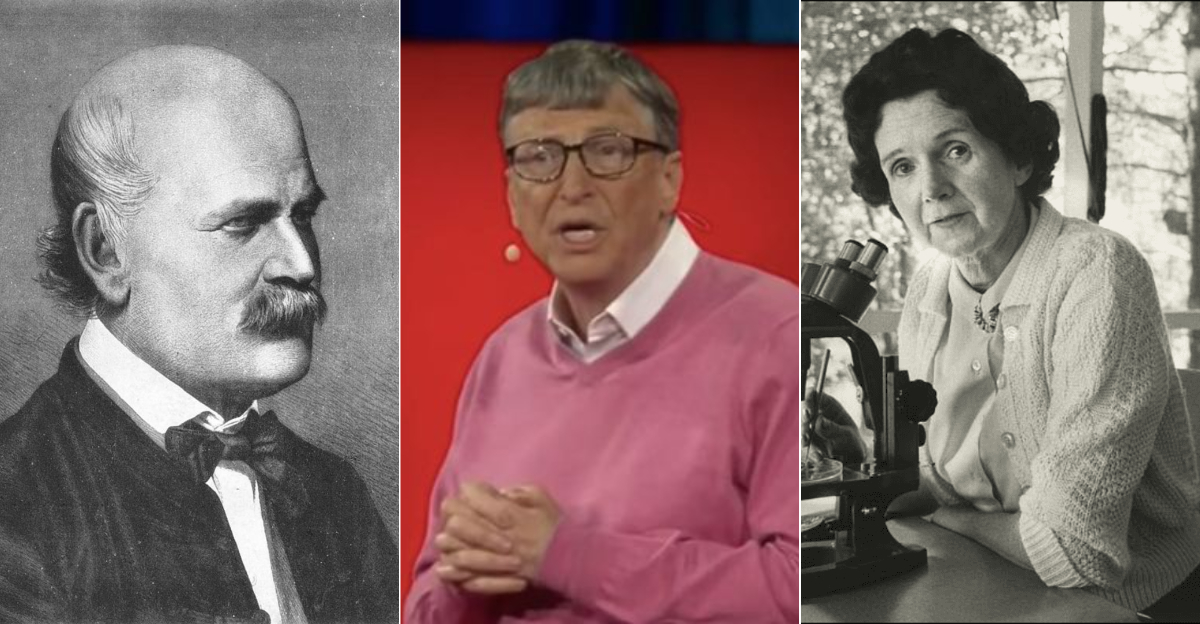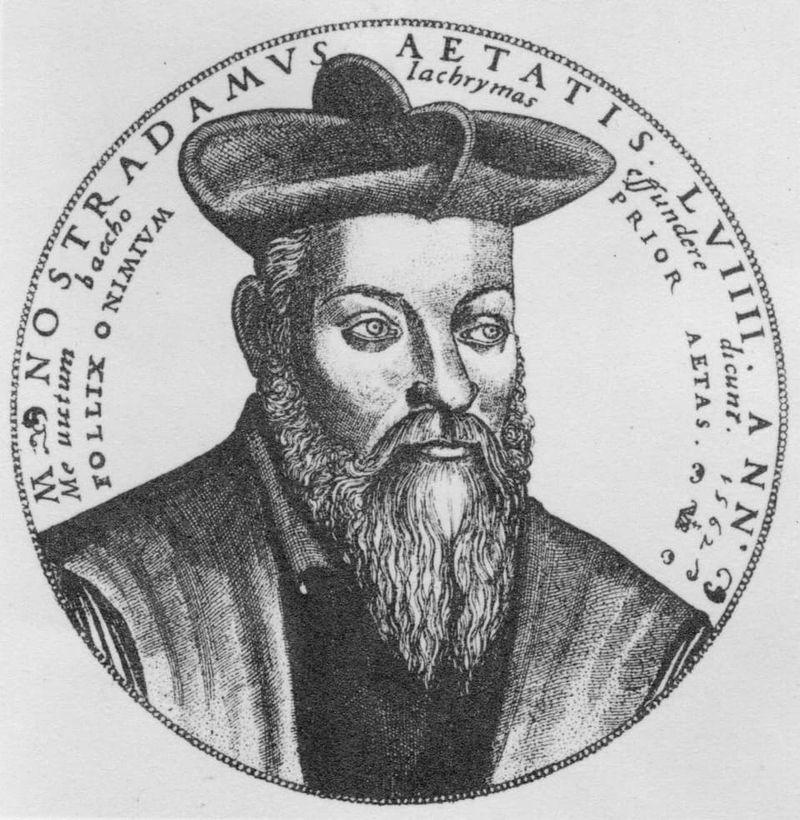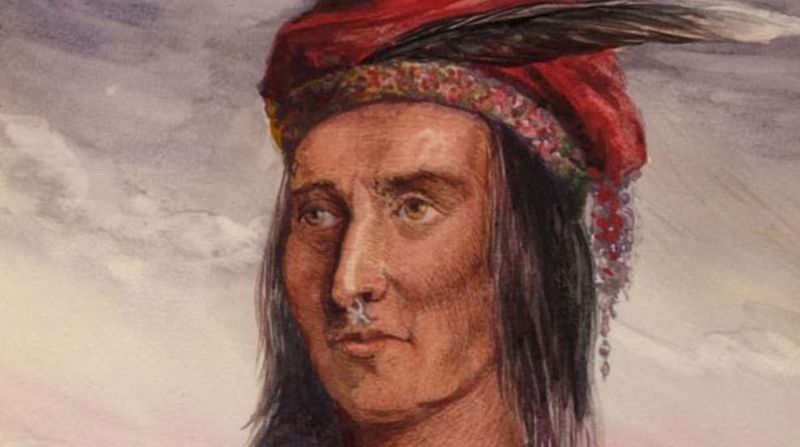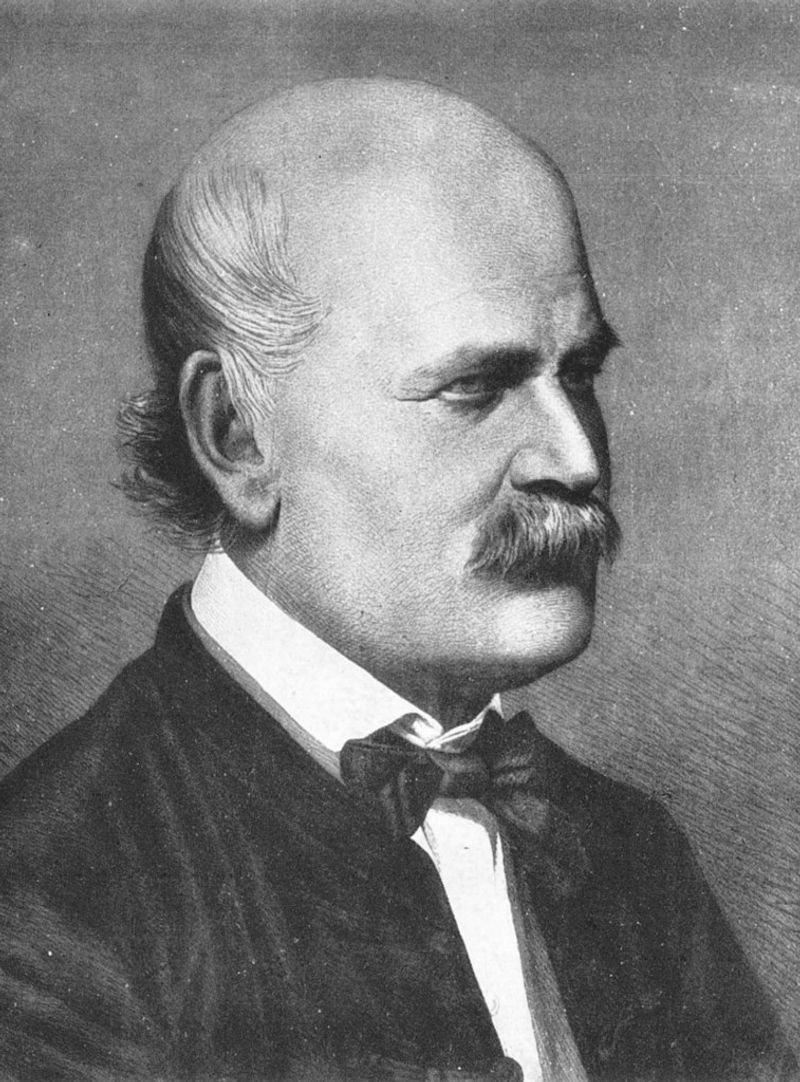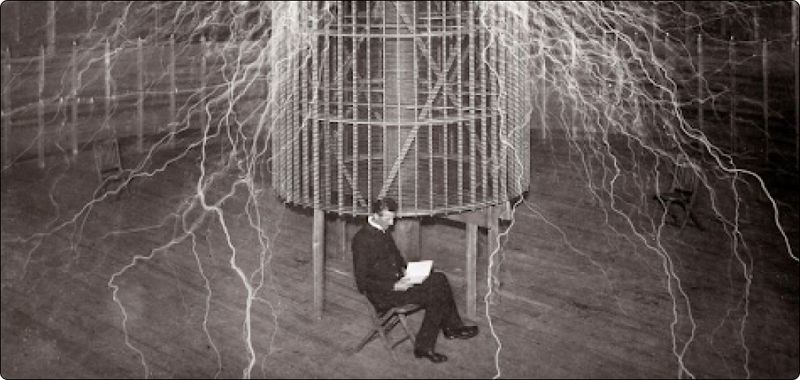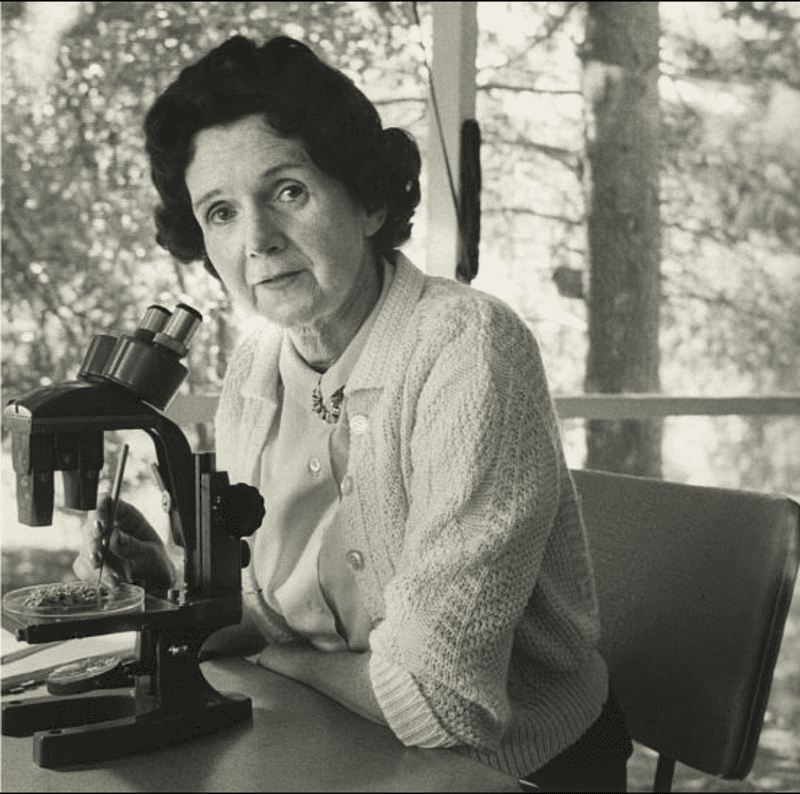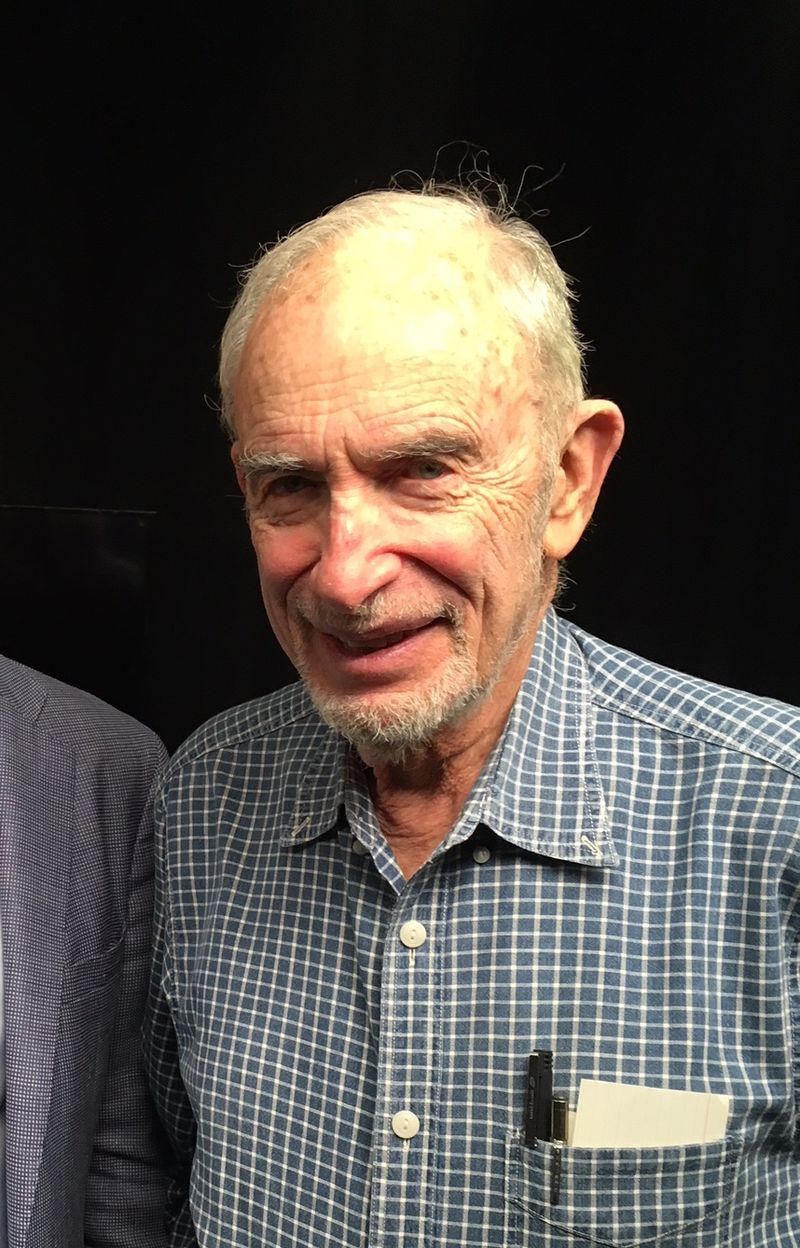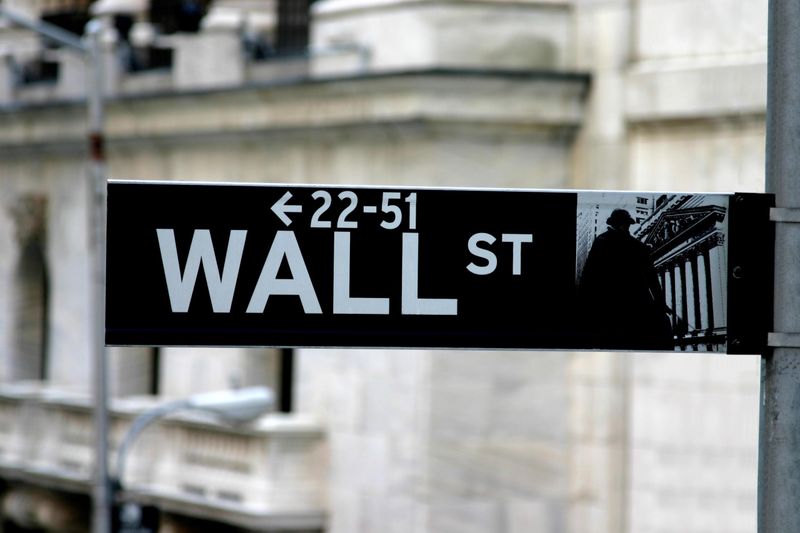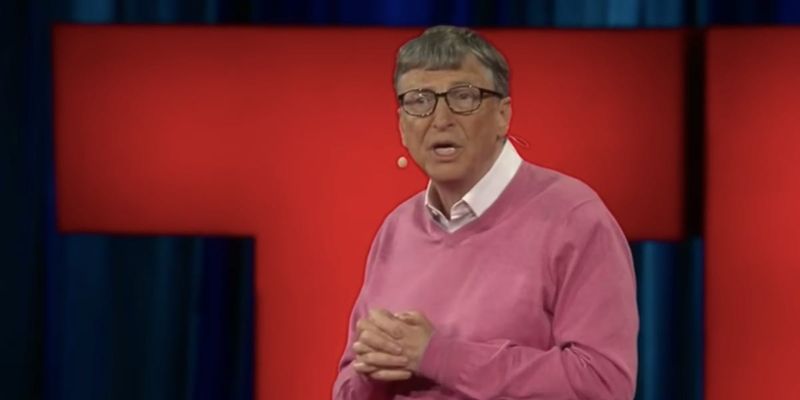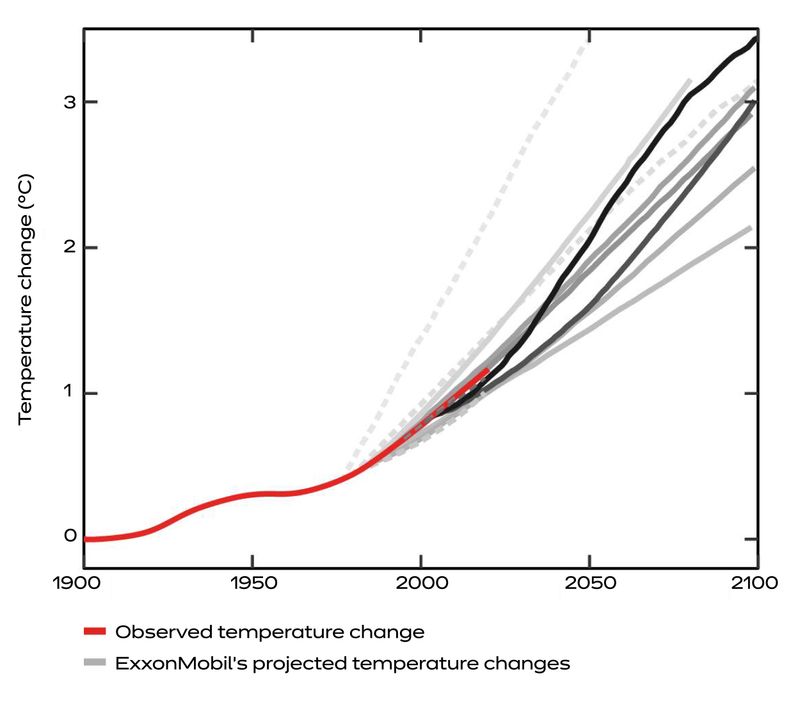Throughout history, there have been individuals whose warnings of catastrophe were dismissed, only to be proven correct later on. These prophets, whether mythological or modern, predicted disasters that unfolded in remarkable ways. Each of their stories serves as a testament to the often-unheeded voices that foresaw the future.
1. Cassandra of Troy (Greek Mythology)
Cassandra, a figure from Greek mythology, possessed a tragic gift: the ability to foresee the future, yet cursed to never be believed. She warned the Trojans about the impending doom hidden within the wooden horse offered by the Greeks. Her warnings fell on deaf ears, leading to the fall of Troy. Her despair was profound as she watched her beloved city burn. Despite her accurate prophecies, her voice remained unheard. Cassandra’s story is a poignant reminder of the consequences of ignoring forewarnings. Her tragic tale has transcended time, serving as a metaphor for ignored wisdom.
2. Nostradamus (16th Century)
Nostradamus, the famed 16th-century seer, penned cryptic verses that have intrigued generations. Among his many prophecies, the Great Fire of London in 1666 stands out. His enigmatic words, “The blood of the just will be demanded of London,” were retrospectively linked to this disastrous event. His quatrains, often ambiguous, continue to captivate those who seek meaning in their mysterious lines. Skeptics and believers alike ponder over his foresight. Despite controversies, Nostradamus remains a symbol of prophetic insight. His legacy endures, challenging the boundaries between myth and reality.
3. Tecumseh (Shawnee Leader, 1811)
Tecumseh, a prominent Shawnee leader, foresaw the consequences of encroaching settlements on Native lands. He predicted that a massive earthquake would occur if these lands were seized. True to his word, the New Madrid earthquakes of 1811-1812, among the most powerful in U.S. history, devastated the Midwest. Tecumseh’s prophecy was not simply a warning but a profound statement on the interconnectedness of nature and human actions. His insights highlighted the spiritual relationship his people held with the land. Tecumseh’s legacy endures, inspiring respect for indigenous wisdom and environmental stewardship.
4. Ignaz Semmelweis (1847)
Dr. Ignaz Semmelweis, a Hungarian physician, observed that doctors were transmitting diseases due to poor hygiene practices. In 1847, he proposed handwashing with chlorinated lime solutions to reduce infection rates, particularly in maternity wards. His ideas were met with ridicule and skepticism from the medical community. Despite the clear evidence of reduced mortality, his warnings were largely ignored during his lifetime. Today, Semmelweis is hailed as a pioneer of antiseptic procedures. His story underscores the resistance to change in established systems. Semmelweis’s legacy is a cornerstone of modern medicine, emphasizing the critical importance of hygiene.
5. Nikola Tesla (Early 1900s)
Nikola Tesla, the visionary inventor, foresaw the potential for wireless communication and energy transfer. Yet, he also warned of the dangers their misuse could bring. Tesla imagined a world interconnected by technology, but he feared surveillance and the weaponization of these innovations. His visions were often ahead of his time, and some were met with skepticism. Today, Tesla’s predictions resonate as we grapple with privacy issues and technological ethics. His genius continues to inspire engineers and scientists. Tesla’s legacy is a complex tapestry of innovation and caution, highlighting both the promise and peril of progress.
6. Rachel Carson (1962)
Rachel Carson, a groundbreaking environmentalist, published “Silent Spring” in 1962, warning of the ecological dangers posed by pesticides like DDT. Her eloquent writing captured the public’s attention, sparking a movement that led to the eventual ban of DDT in the U.S. Carson’s work was met with fierce opposition from chemical companies, yet her research laid the foundation for the modern environmental movement. Her legacy is a testament to the power of informed advocacy. Carson’s prophetic vision has inspired generations to prioritize ecological health and environmental responsibility. Her impact is felt in policies and conservation efforts worldwide.
7. Paul Ehrlich (1968)
Paul Ehrlich, an influential biologist, published “The Population Bomb” in 1968, predicting dire consequences from overpopulation. He warned that unchecked growth would lead to famine and societal upheaval. Although his timing was off, the issues he raised resonate today, with climate change and resource scarcity driving global concern. Ehrlich’s work sparked debate and increased awareness about sustainability. His legacy is a reminder of the complexities in forecasting human impact on the planet. Ehrlich’s insights continue to influence discussions on population dynamics and environmental policy. His foresight remains relevant as we face modern challenges.
8. Whistleblowers of the 2008 Financial Crisis (2000s)
Before the 2008 financial meltdown, several whistleblowers raised alarms about the burgeoning subprime mortgage market. Their warnings were largely ignored until the bubble burst, leading to the Great Recession. These individuals, often working within financial institutions, risked career ruin to expose the impending crisis. Their foresight was vindicated as economies worldwide grappled with the fallout. The crisis underscored the need for regulatory reforms and ethical financial practices. Their actions serve as a testament to the courage required to speak out against prevailing norms. The whistleblowers’ legacy is a call for accountability in the financial sector.
9. Bill Gates (2015 TED Talk)
In a 2015 TED Talk, Bill Gates warned of a global pandemic overwhelming unprepared nations. He emphasized the lack of preparedness for viral outbreaks, likening it to preparing for war without an army. Gates’s prediction came eerily true with the onset of COVID-19 five years later. His call for investment in healthcare infrastructure and pandemic response systems gained renewed attention. Gates’s foresight has prompted discussions on global health strategies and resource allocation. His vision serves as a crucial reminder of the importance of proactive measures. The pandemic highlighted the need for vigilance and collaboration in public health.
10. Scientists Predicting Climate Disasters (1970s-Present)
Since the 1970s, scientists have warned of the catastrophic effects of fossil fuels on the global climate. Their predictions of rising temperatures, extreme weather, and ecological disruption have become increasingly evident. Despite initial skepticism, the scientific community’s consensus on climate change is now widely accepted. Their work has driven policy changes and international agreements like the Paris Accord. Scientists’ relentless advocacy underscores the urgency of addressing environmental issues. Their legacy is a testament to the power of evidence-based research. Climate scientists continue to play a pivotal role in shaping our response to environmental challenges.
11. AI Researchers (2020s)
AI researchers today caution against the unregulated development of artificial intelligence. They warn that without oversight, AI could destabilize societies through misinformation, deepfakes, and job displacement. As AI technology advances rapidly, ethical concerns grow over its use and impact. Researchers advocate for responsible innovation and regulatory frameworks to mitigate risks. Their insights highlight the dual nature of AI as both a tool for progress and a potential threat. The ongoing dialogue between technologists and policymakers is crucial. AI researchers’ foresight aims to guide the responsible integration of AI into global society, ensuring benefits outweigh potential harms.
